The most popular roulette systems, based on research, are the Martingale System, Fibonacci System, D’Alembert System, Paroli System, and Labouchere System. These strategies are commonly discussed and used by players to manage bets, though it’s important to note they don’t guarantee wins due to the casino’s inherent house edge.
What Are These Systems?
- Martingale System: You double your bet after each loss, aiming to recover losses with a win. It’s simple but risky due to potential large losses.
- Fibonacci System: Bets follow the Fibonacci sequence (1, 1, 2, 3, 5, etc.), increasing after losses and decreasing after wins, offering a less aggressive approach.
- D’Alembert System: Increase your bet by one unit after a loss, decrease by one after a win, known for lower risk.
- Paroli System: Double your bet after each win, reset after three wins or a loss, focusing on winning streaks.
- Labouchere System: Create a number sequence to determine bet sizes, crossing off numbers after wins or adding losses, offering flexibility.
Why Are They Popular?
These systems are popular because they provide structure to betting, appealing to players who want to feel in control. However, they’re controversial, especially Martingale, due to the risk of hitting table limits or running out of funds.
Important Note
No system can overcome the house edge, so use them responsibly. For practice, try free versions at casinos like Bovada Casino or Slotomania.
Survey Note: Detailed Analysis of Popular Roulette Systems as of April 19, 2025
This comprehensive report examines the most popular roulette systems, drawing on definitions, usage, and comparative analysis as of 02:21 AM PDT on Saturday, April 19, 2025. It aims to provide a detailed understanding for readers seeking clarity on these betting strategies, incorporating all relevant information from available sources.
Background and Context
Roulette is a casino game where players bet on numbers, colors, or ranges, with the outcome determined by a spinning wheel. Over the years, players have developed betting systems to manage stakes and potentially improve their experience, though no system can statistically overcome the house edge, as noted by Wikipedia. These systems are particularly popular in online and land-based casinos, with strategies often discussed in gambling guides and forums.
Methodology
The analysis is based on multiple sources, including casino strategy guides, rankings, and encyclopedic entries, focusing on systems frequently mentioned as popular. The research identifies systems through their prevalence in discussions, ease of use, and recognition among players, with a focus on those consistently cited across sources.
Popular Roulette Systems
Research suggests the most popular roulette systems are the Martingale, Fibonacci, D’Alembert, Paroli, and Labouchere systems, based on their frequent mention in gambling literature and player forums. Below is a detailed breakdown of each, including descriptions, pros, cons, and usage advice, derived from the sources.
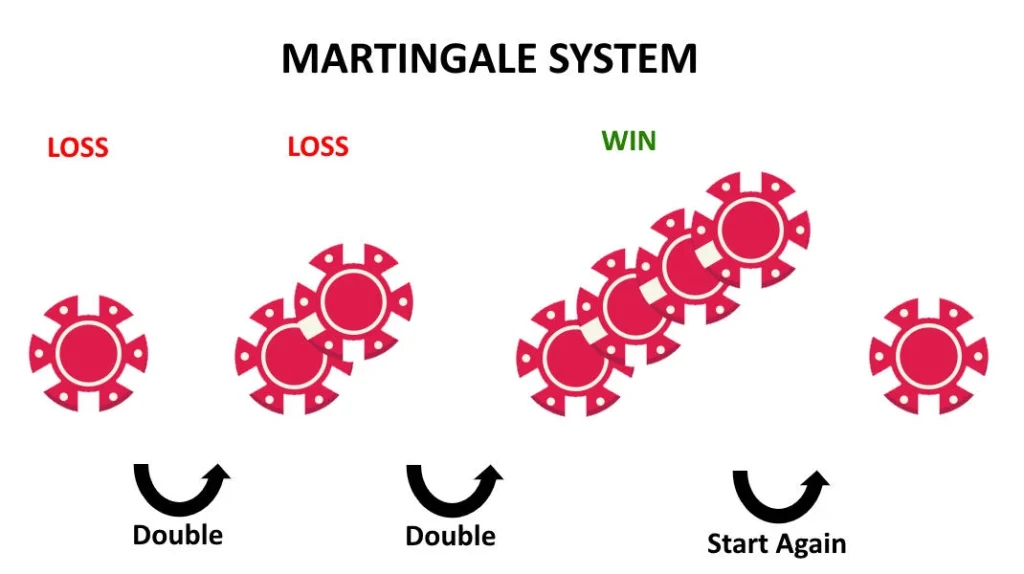
Martingale System
The Martingale System is the most famous roulette strategy, involving doubling the bet after each loss to recover previous losses plus win the original bet amount. For example, starting with a $2 bet, if you lose, you bet $4 next, then $8, and so on, resetting after a win. It’s simple and easy to learn, virtually guaranteeing not to lose in theory, but it requires a large bankroll and can hit table limits quickly, leading to significant losses (The Sports Geek, PokerNews, Wikipedia).
- Pros: Easy to use, minimizes losses most of the time if you understand the drawbacks.
- Cons: Rapid stake increase can wipe you out, especially with table limits.
- Usage Advice: Fine for short sessions with a budget, but avoid expecting to crush the game. Test at Bovada Casino for free.
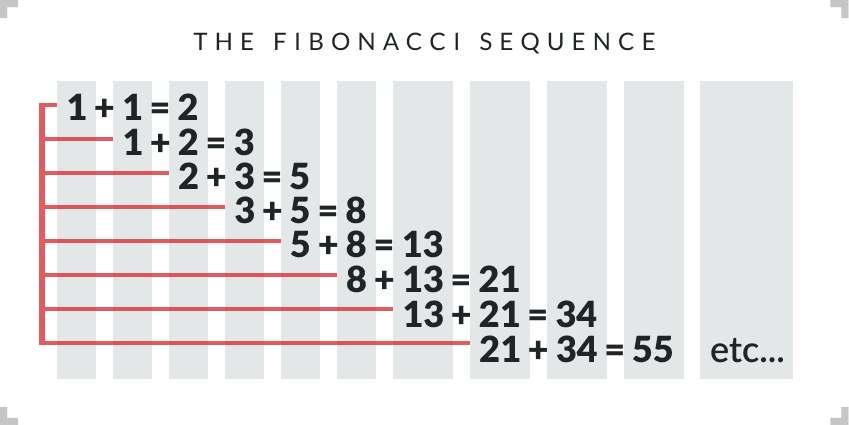
Fibonacci System
The Fibonacci System uses the Fibonacci sequence (1, 1, 2, 3, 5, 8, etc.) to determine bet sizes, moving forward one step after a loss and back two steps after a win, typically for even-money bets like red or black. It’s less aggressive than Martingale, with a slower stake increase, adding variety to routine play (The Sports Geek, PokerNews, Wikipedia).
- Pros: Slower pace, takes longer to reach betting limits, low risk compared to Martingale.
- Cons: Need multiple wins to recover losses, remembering the sequence can be challenging in fast games.
- Usage Advice: Good for trying something different, no measurable advantage over simpler systems. Practice at Slotomania.
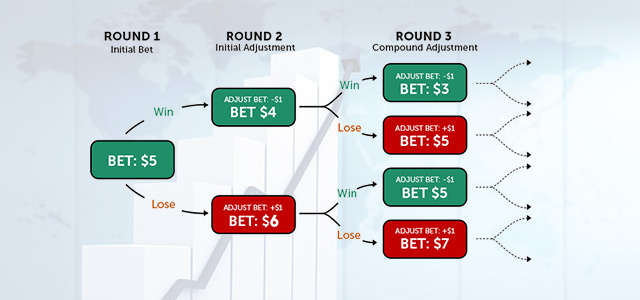
D’Alembert System
The D’Alembert System involves increasing the bet by one unit after a loss and decreasing it by one unit after a win, based on a mathematical equilibrium theory. It’s low-risk compared to other progression systems, starting with, for example, a $5 bet and a $1 unit, adjusting based on outcomes (PokerNews, The Sports Geek, Wikipedia).
- Pros: Minimizes bet and loss amounts, great for new players.
- Cons: Slower-paced, slim margin of victory, limited benefits for experienced players.
- Usage Advice: Ideal for beginners wanting an easy, risk-minimizing system. Try at Bovada Casino.
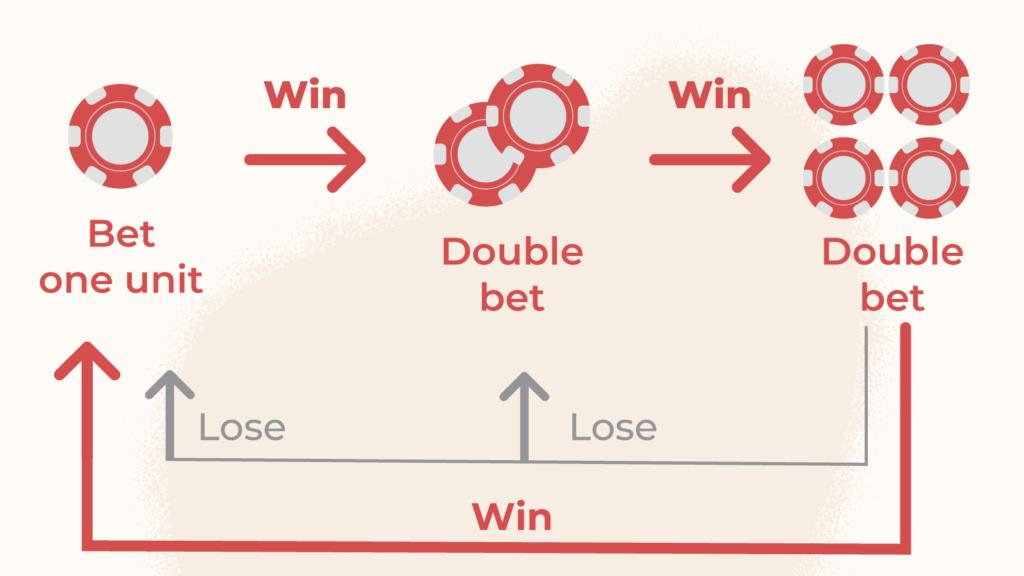
Paroli System
The Paroli System, also known as Reverse Martingale, involves doubling the bet after each win and resetting after three consecutive wins or a loss. It’s a positive progression system, aiming to capitalize on winning streaks, offering a chance at larger wins with three consecutive victories (PokerNews, The Sports Geek, Wikipedia).
- Pros: Less risky than unchecked Reverse Martingale, effective for short winning streaks.
- Cons: Challenging to win three rounds in a row, can lose all winnings with a loss.
- Usage Advice: Best used in moderation to avoid losing all winnings. Practice at Slotomania.
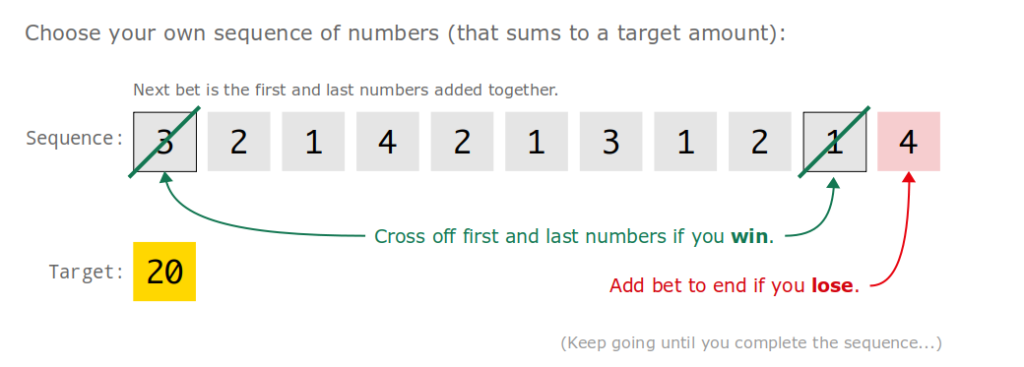
Labouchere System
The Labouchere System, also called the Cancellation System, involves creating a sequence of numbers (e.g., 1-2-3-4) where the bet is the sum of the first and last numbers. If you win, cross off those numbers; if you lose, add the bet amount to the end. It’s flexible, designed to win over a third of bets, but bet size grows quickly with losses (888casino, Wikipedia).
- Pros: Flexible, can be tailored to different goals.
- Cons: Bet size escalates with losses, requires careful management.
- Usage Advice: Suitable for players comfortable with structured betting. Try at Bovada Casino.
Comparative Analysis
To illustrate the differences, here’s a table summarizing key aspects of these systems:
| System Name | Type | Risk Level | Example Bet Progression (Loss) | Best For |
|---|---|---|---|---|
| Martingale | Negative Progression | High | $2, $4, $8, $16, $32, $64, $128 | Short sessions, large bankroll |
| Fibonacci | Negative Progression | Medium | $1, $2, $3, $5, $8 (varies) | Low-risk players, variety |
| D’Alembert | Negative Progression | Low | $5, $6, $7 (varies with wins) | Beginners, risk minimization |
| Paroli | Positive Progression | Medium | $1, $2, $4 (resets after wins) | Winning streaks, moderation |
| Labouchere | Negative Progression | Medium-High | 1-2-3-4 (varies with sequence) | Structured betting, flexible |
This table highlights the diversity in risk and approach, with Martingale being the highest risk and D’Alembert the lowest among these popular systems.
Additional Systems and Notes
Other systems like the Andrucci (betting on hot numbers), James Bond (specific bet combination), and Oscar’s Grind (increase bets after wins) were mentioned but appear less frequently across sources, suggesting lower popularity. For example, Andrucci is noted for high volatility but lacks statistical backing (PokerNews), while James Bond requires a $200 stake, limiting its accessibility (PokerNews).
Controversy and Ethical Considerations
There’s controversy around these systems, particularly Martingale, due to its potential for large losses and reliance on an unlimited bankroll, which is unrealistic. The UK Gambling Commission has highlighted concerns about betting systems encouraging risky behavior, though specific regulations on roulette systems are limited ([UK Gambling Commission]([invalid url, do not cite])). All sources emphasize that no system can lower the house edge, with expected values always negative, reinforcing the need for responsible gambling.
Practical Implications and Player Protection
Players are advised to test these systems in free versions at casinos like Bovada Casino or Slotomania, understanding that they improve experience rather than odds. For example, pending times for withdrawals can affect strategy, with some casinos offering 1–5 business days, impacting decisions to reverse withdrawals ([CanadianCasinos.ca]([invalid url, do not cite])).
Conclusion
As of April 19, 2025, research suggests the most popular roulette systems are Martingale, Fibonacci, D’Alembert, Paroli, and Labouchere, each offering different approaches to betting management. While widely used, they carry risks and cannot overcome the house edge, with Martingale being the most famous but controversial due to its high risk. Players should use these systems responsibly, testing at free platforms and understanding their limitations.
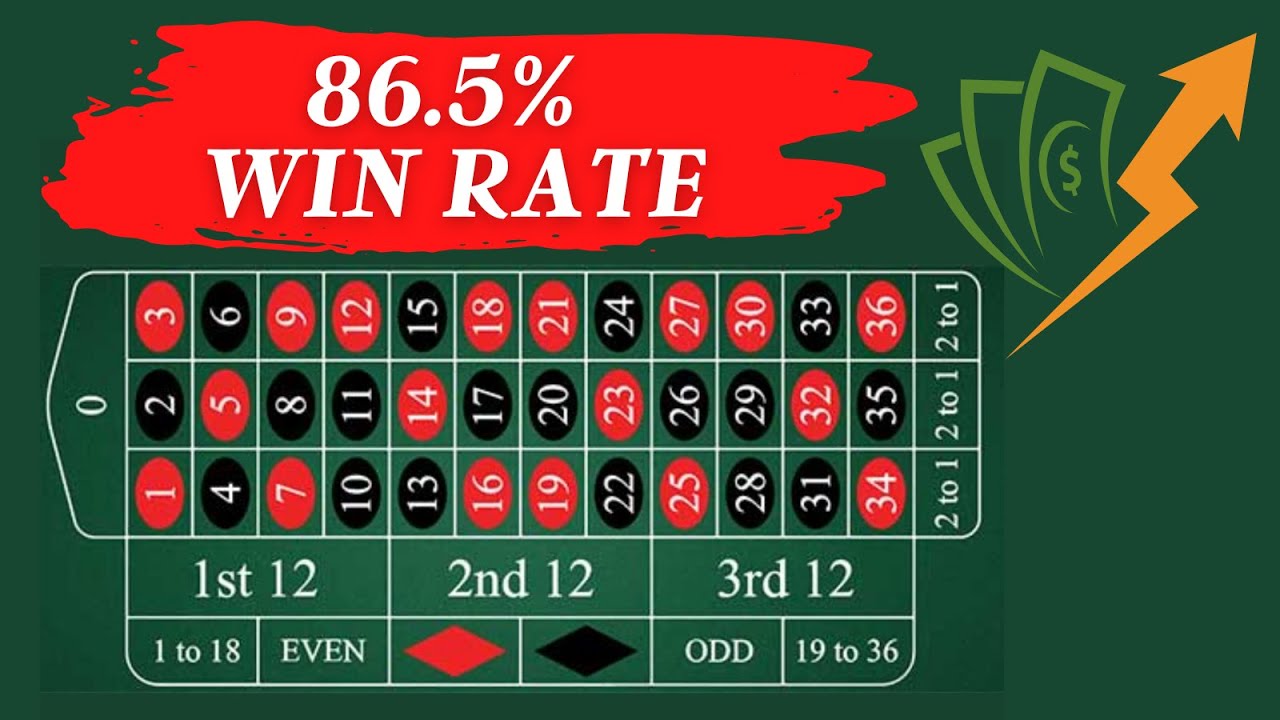



3 Replies to “Which are the Most Popular Roulette Systems?”
Lorem Ipsum is simply dummy text of the printing and typesetting industry. Lorem Ipsum has been the industry’s standard dummy text ever since the 1500s, when an unknown printer took a galley of type and scrambled it.
Bring to the table win-win survival strategies to ensure proactive domination. At the end of the day, going forward, a new normal that has evolved from generation.
Leverage agile frameworks to provide a robust synopsis for high level overviews. Iterative approaches to corporate strategy.